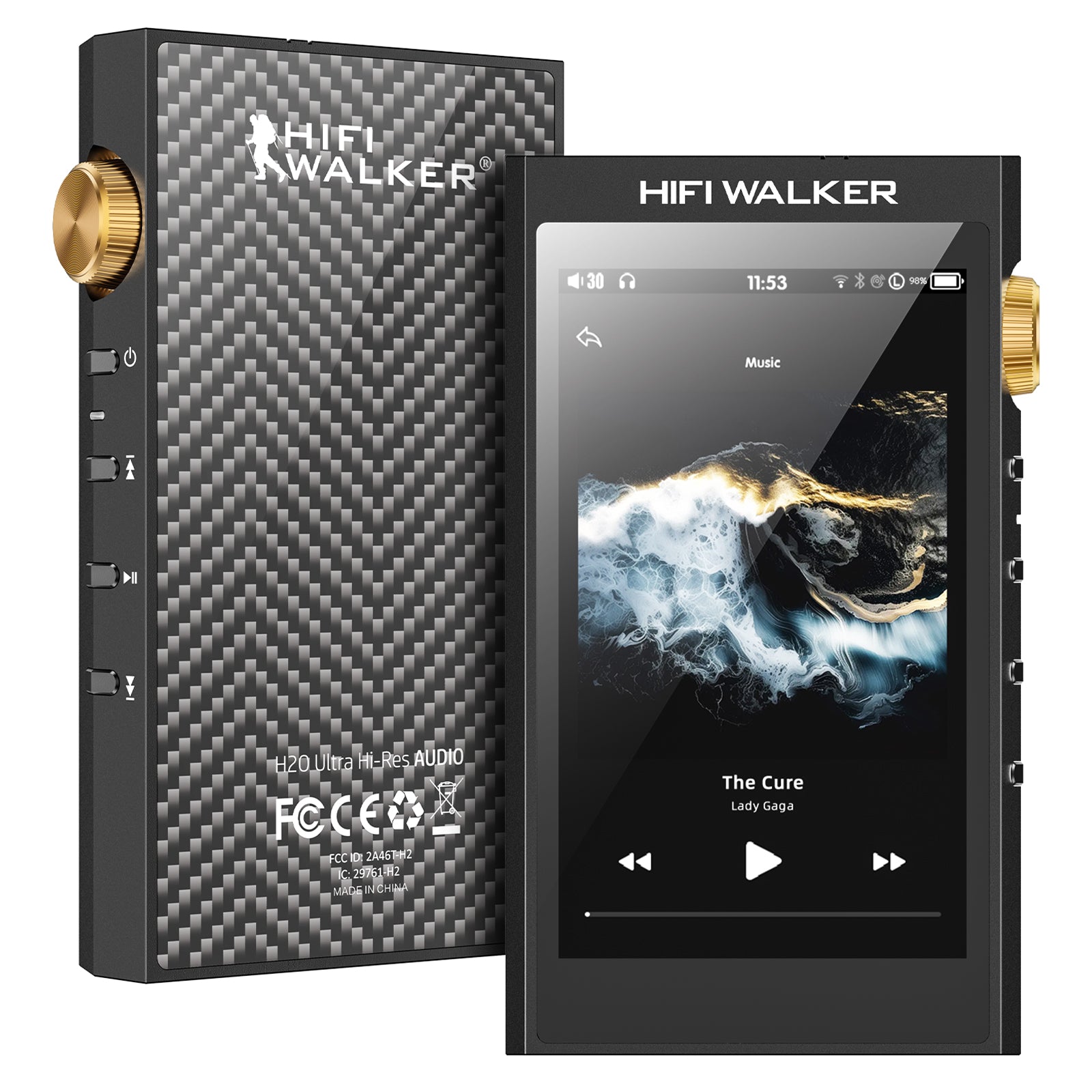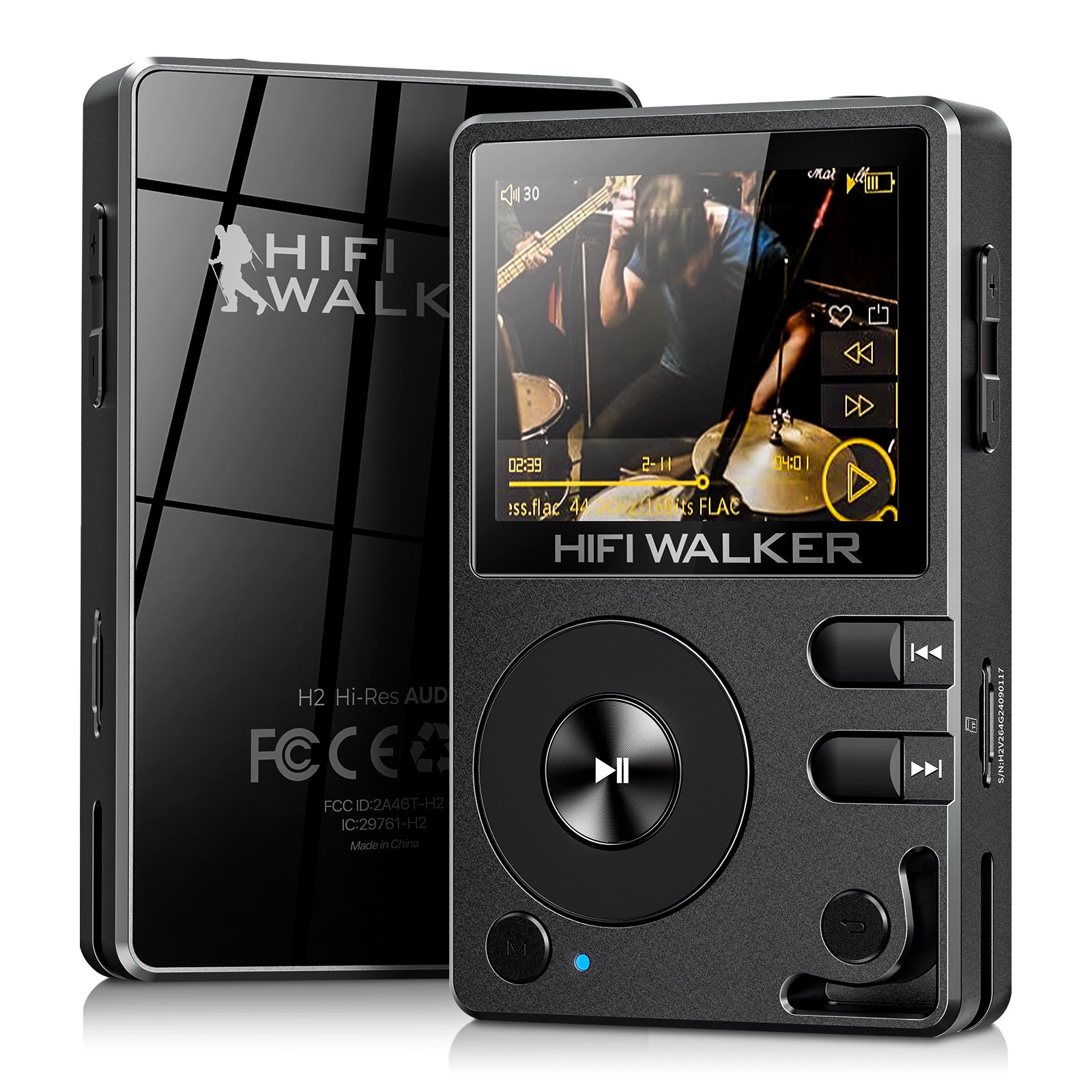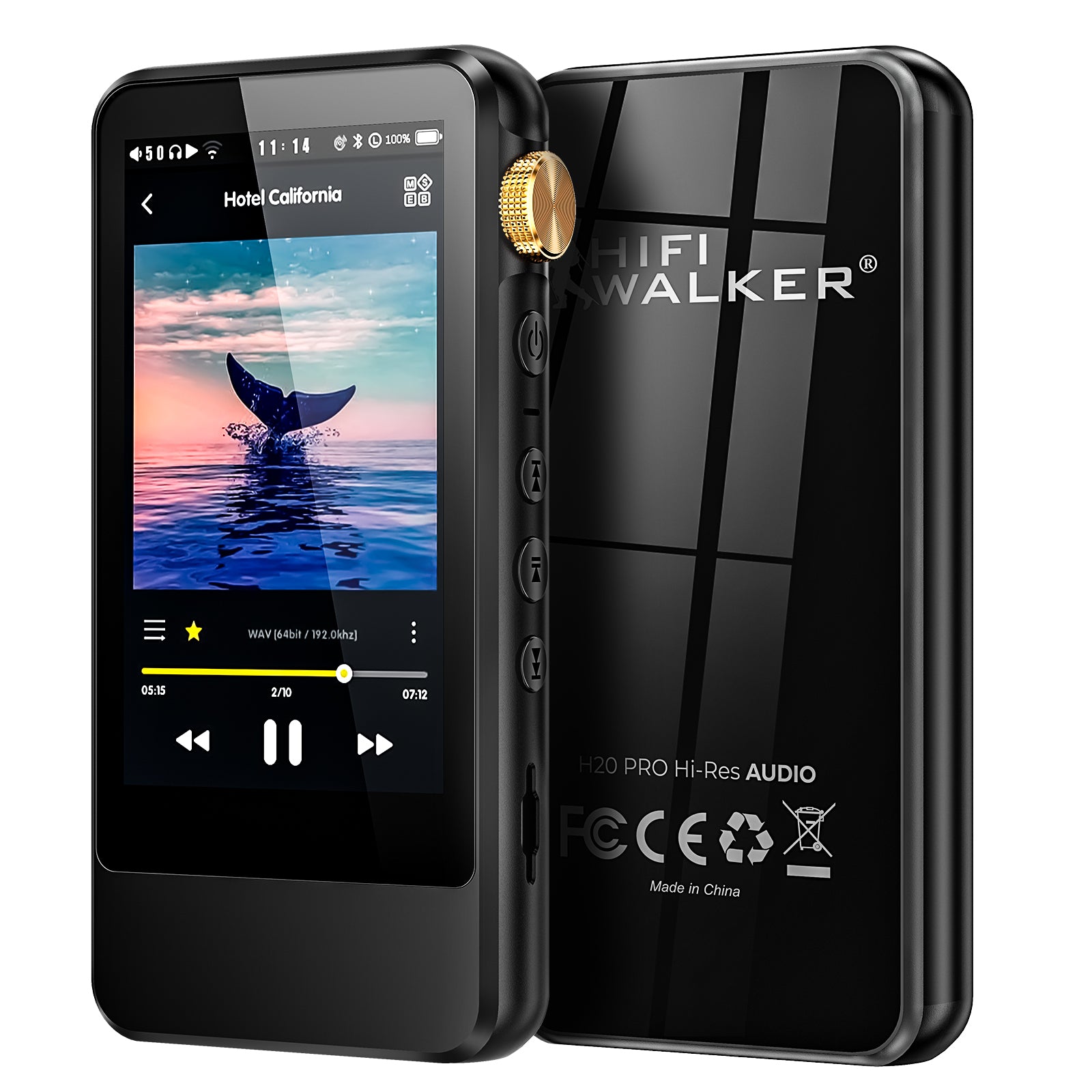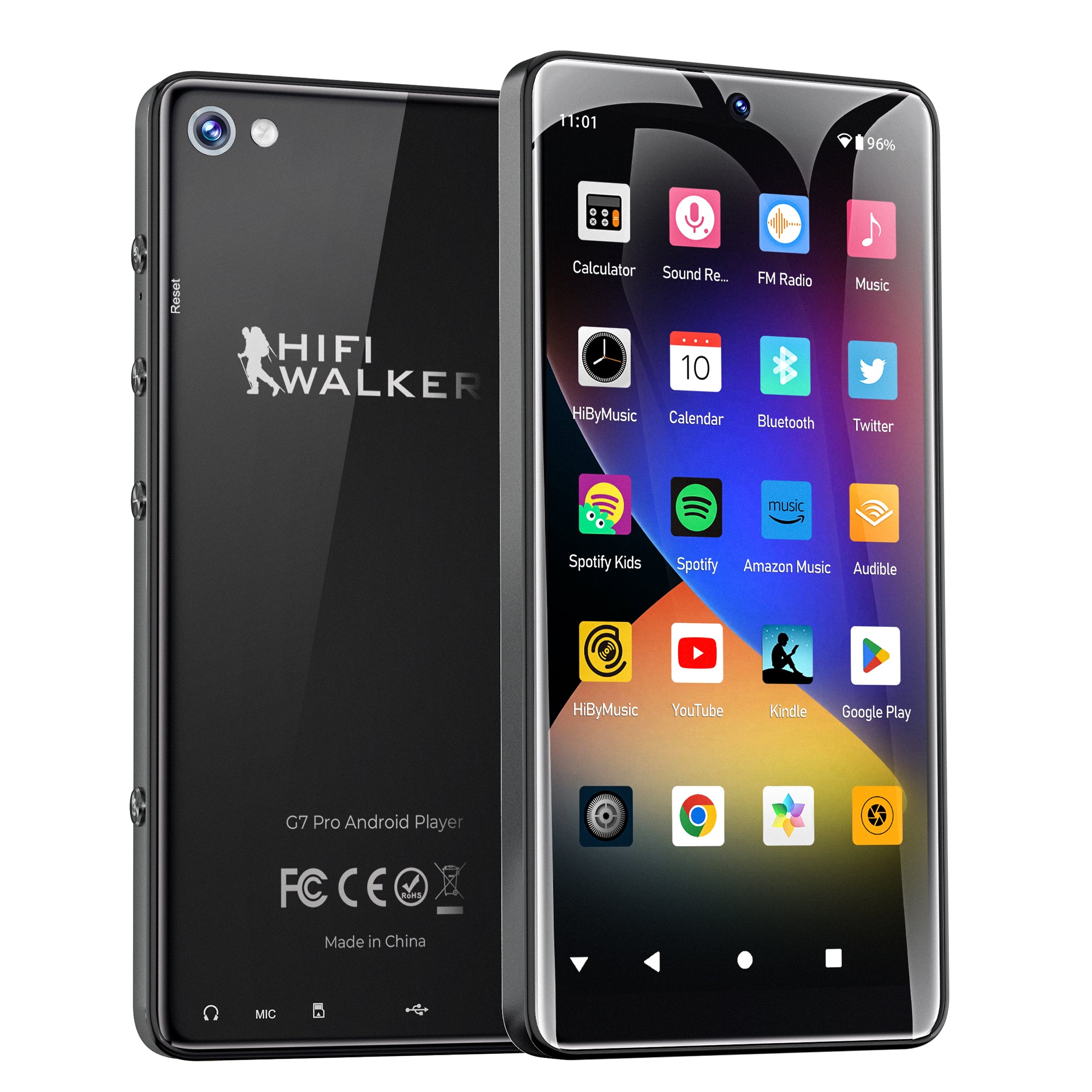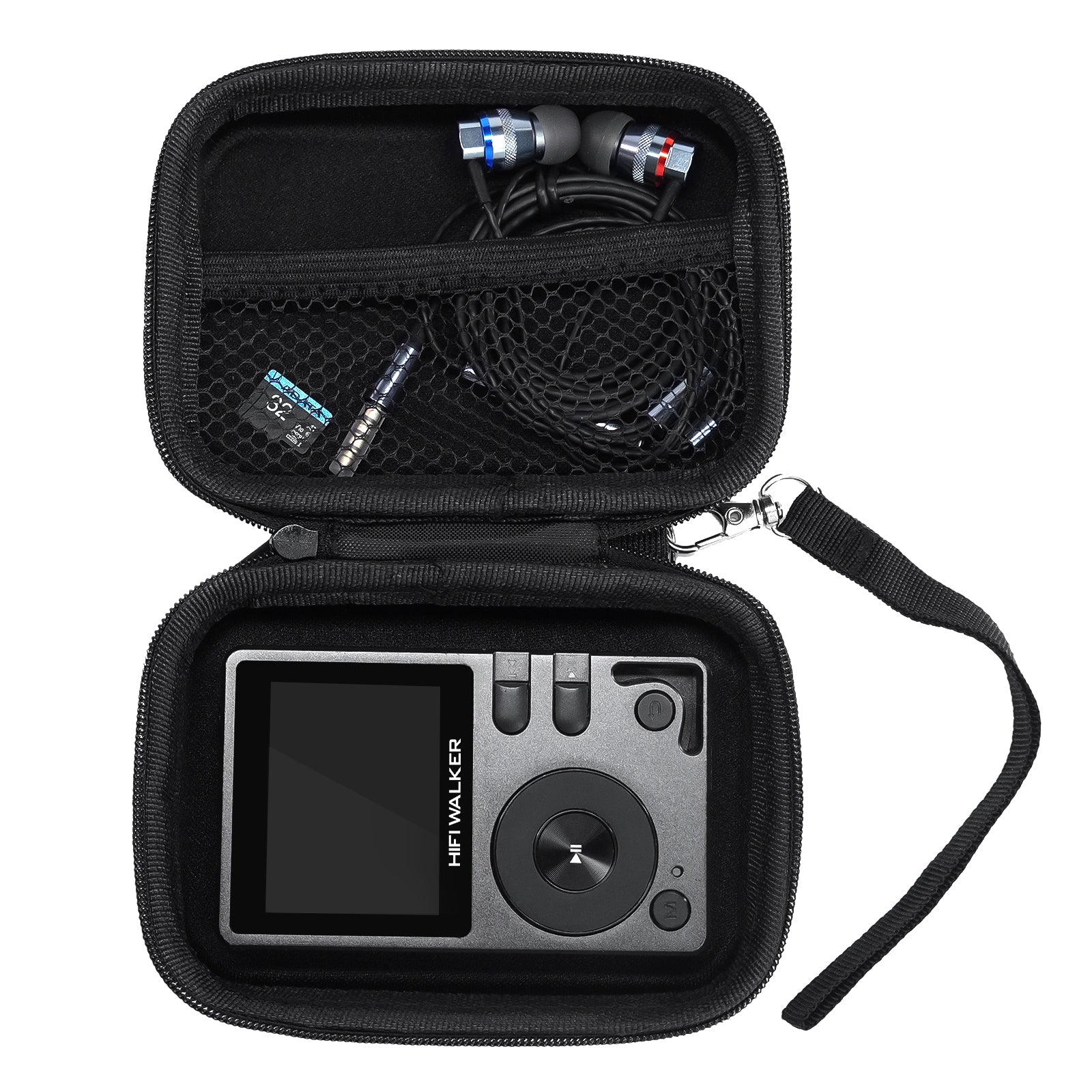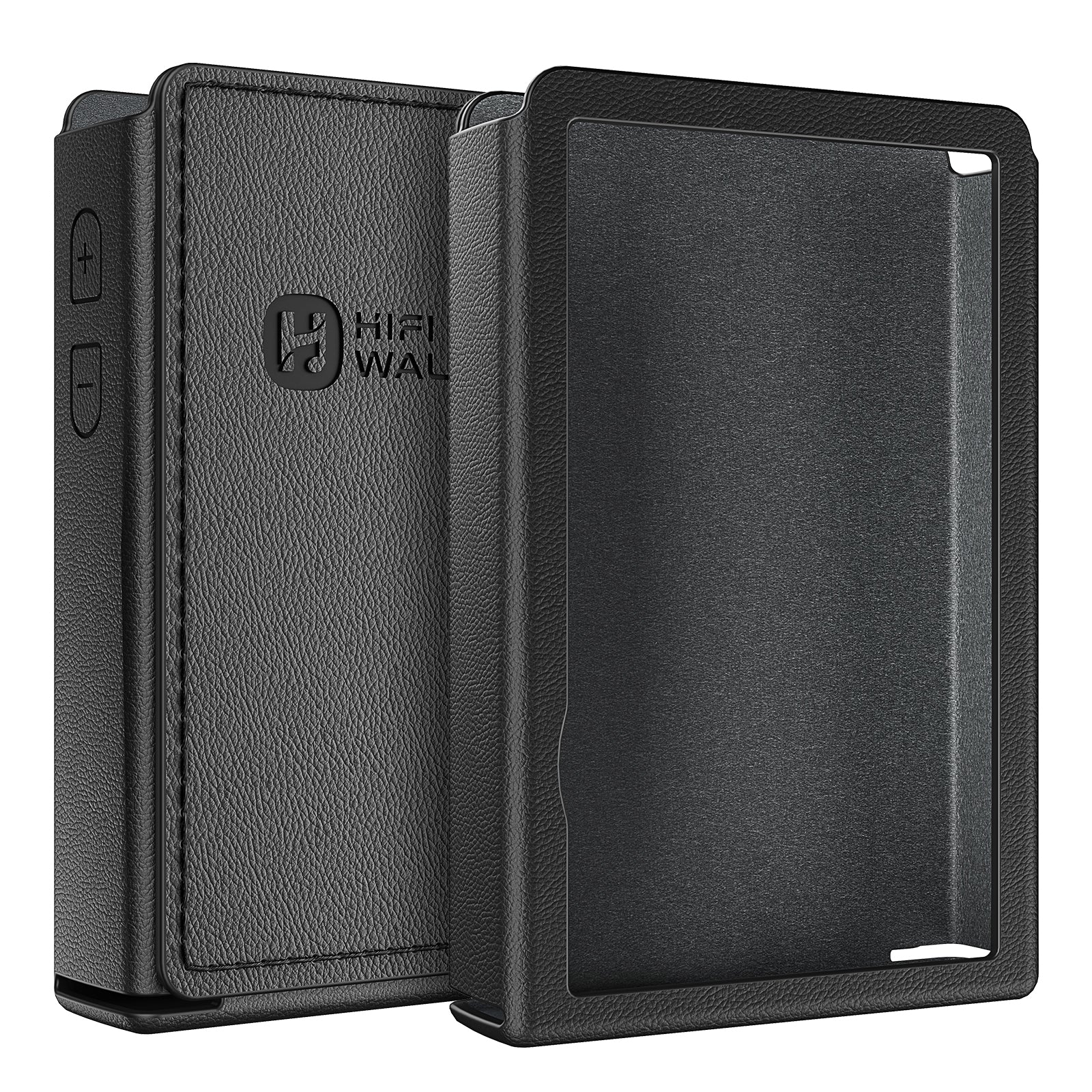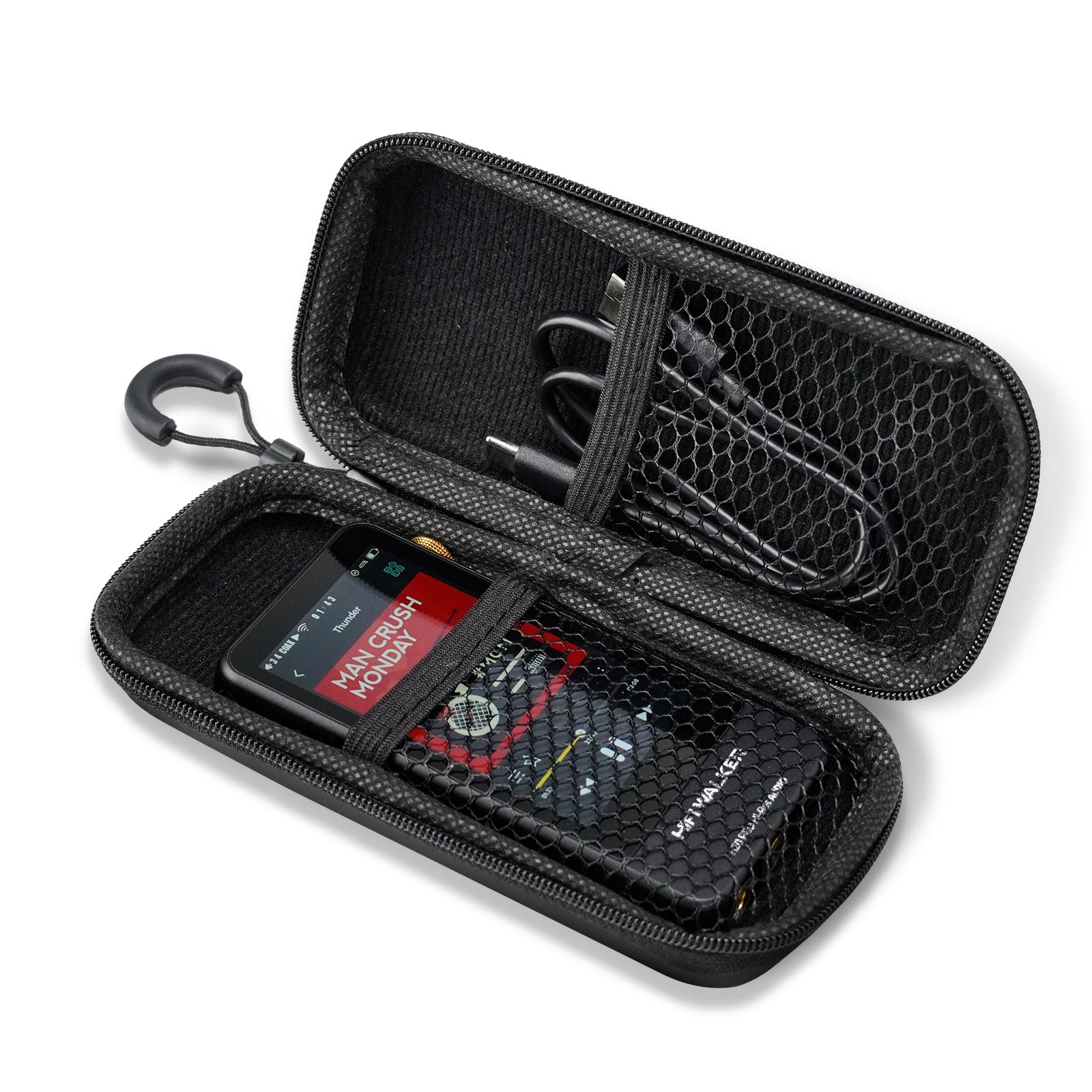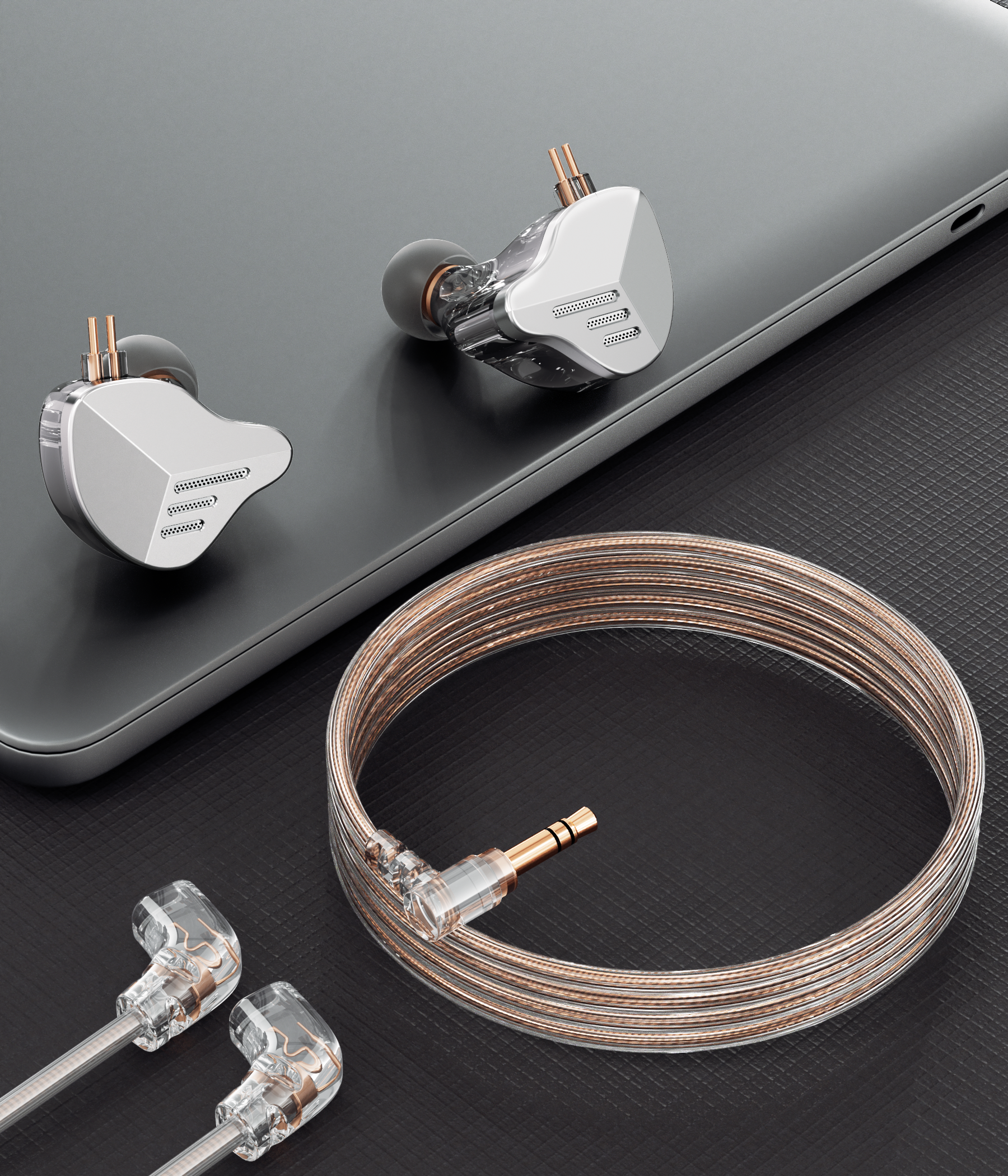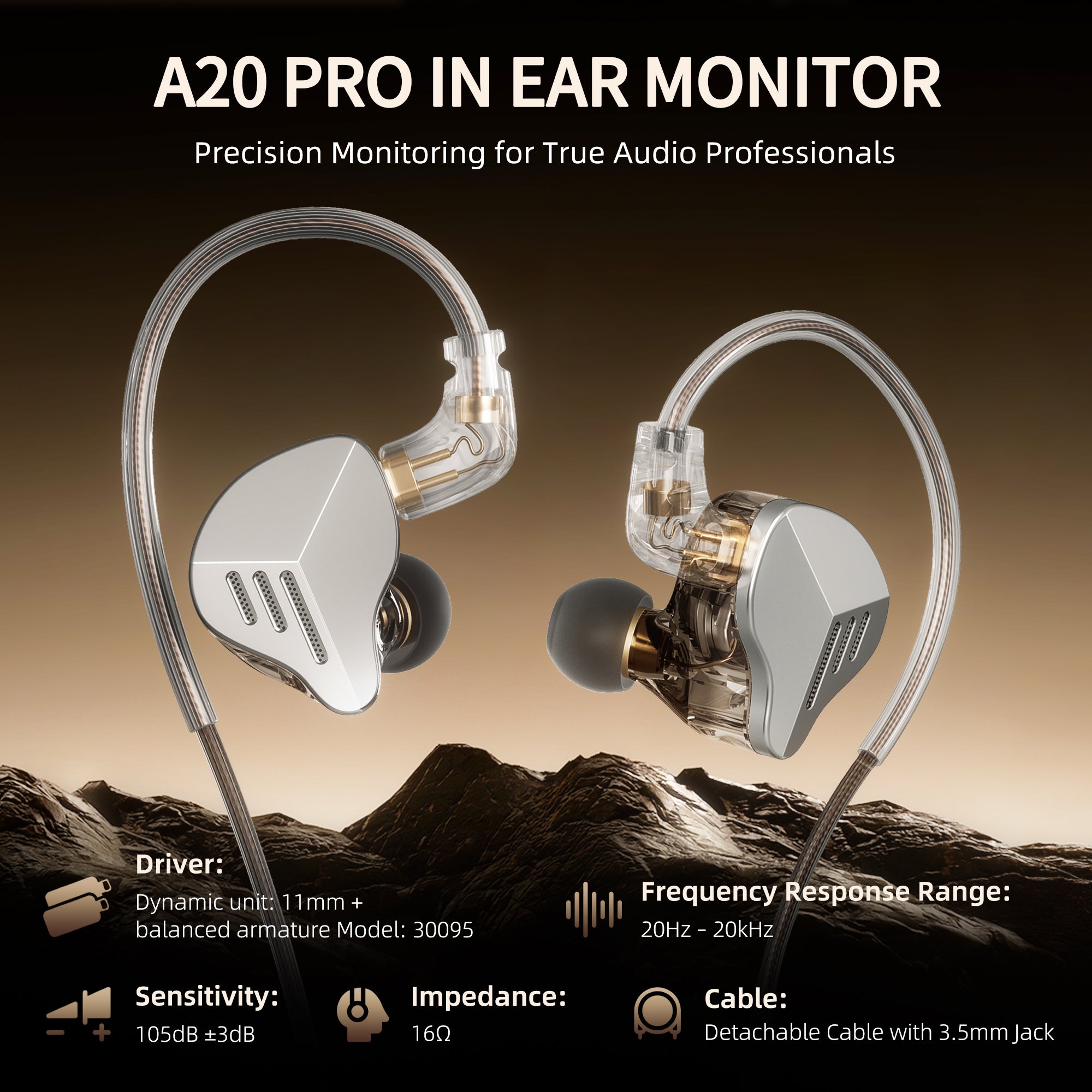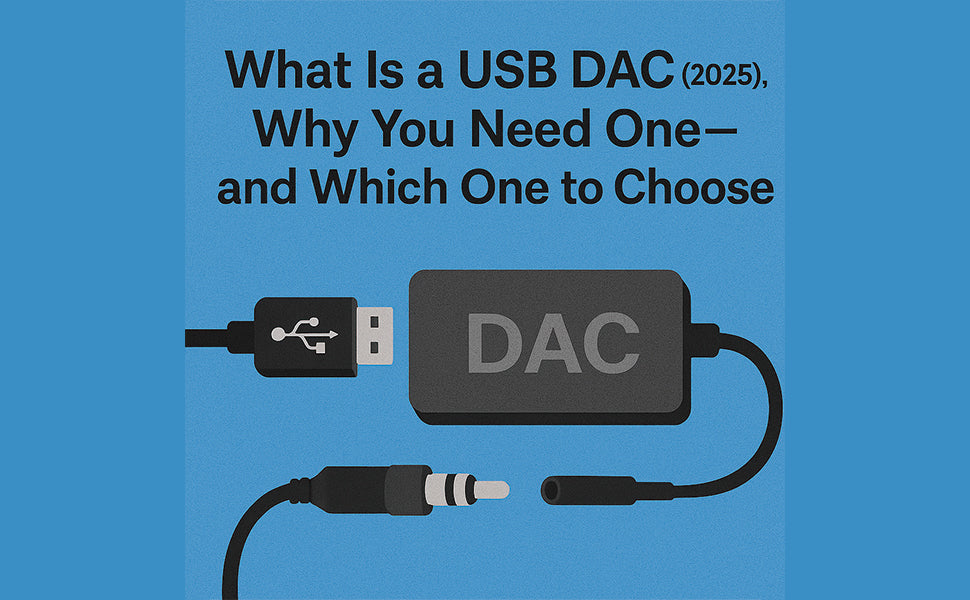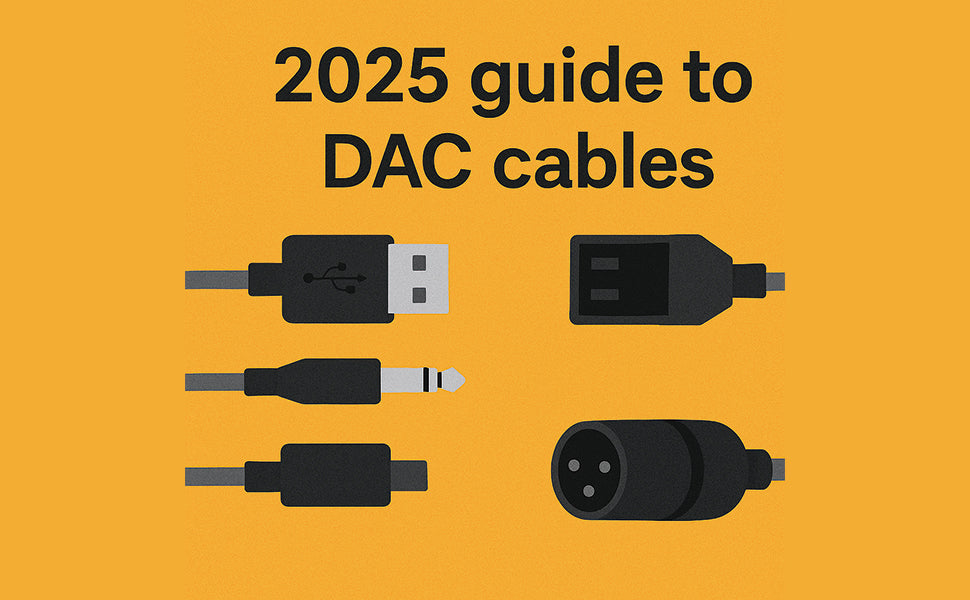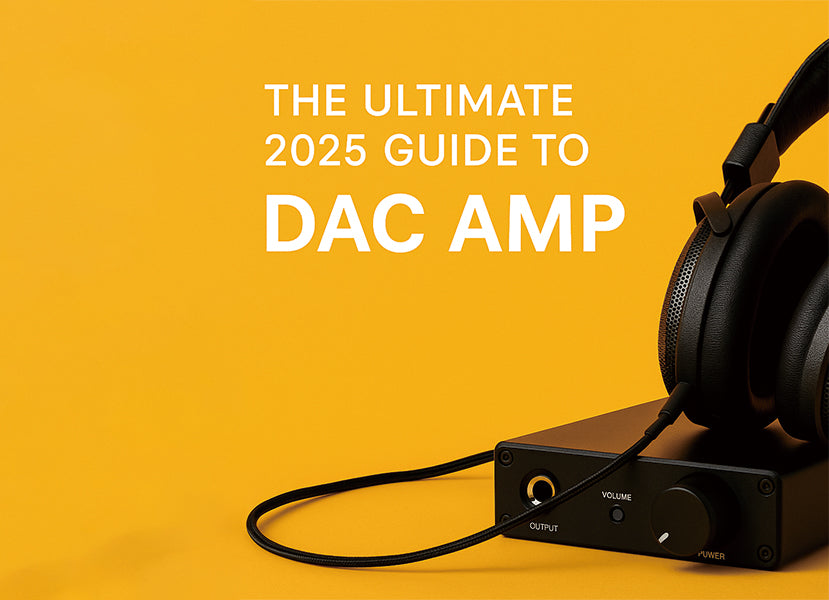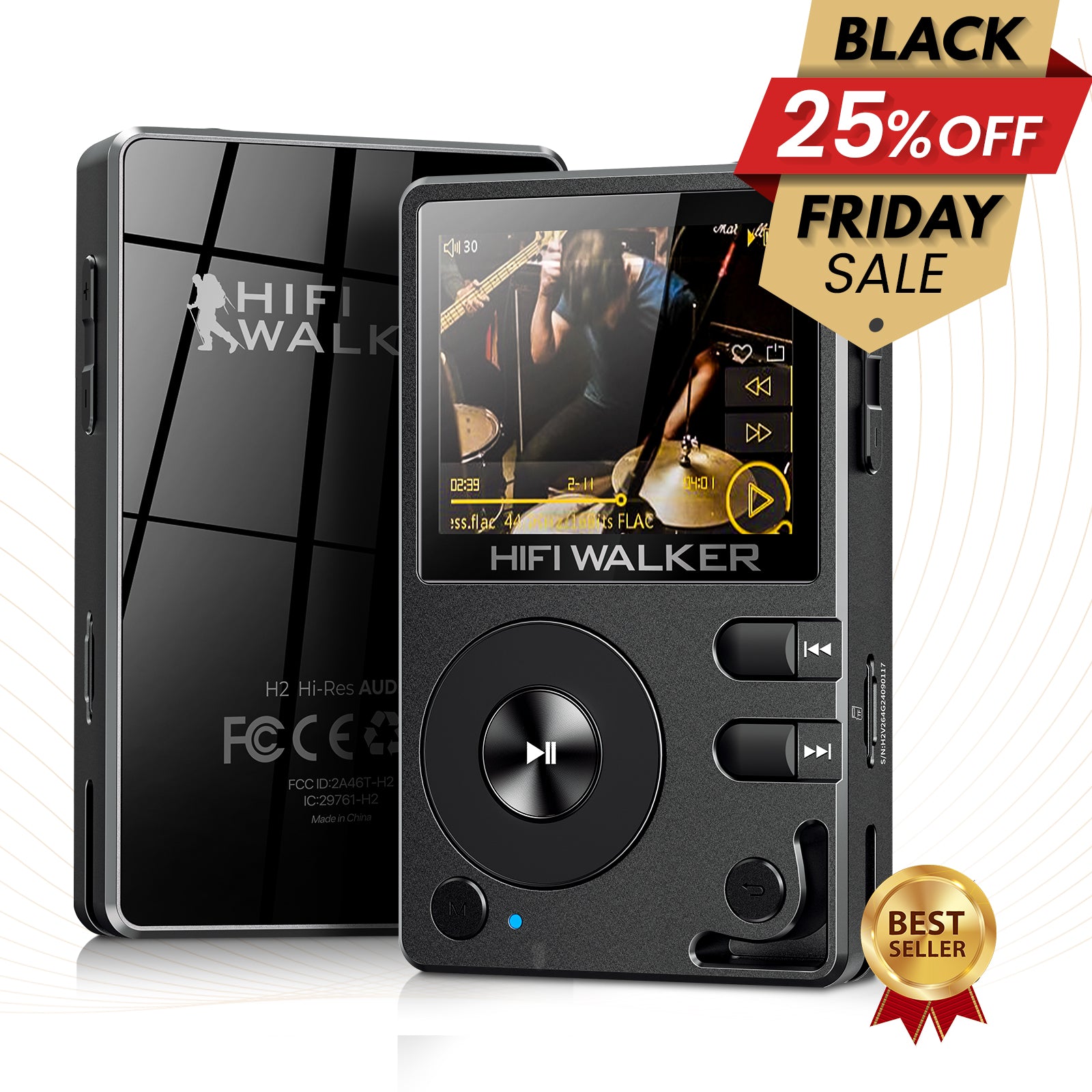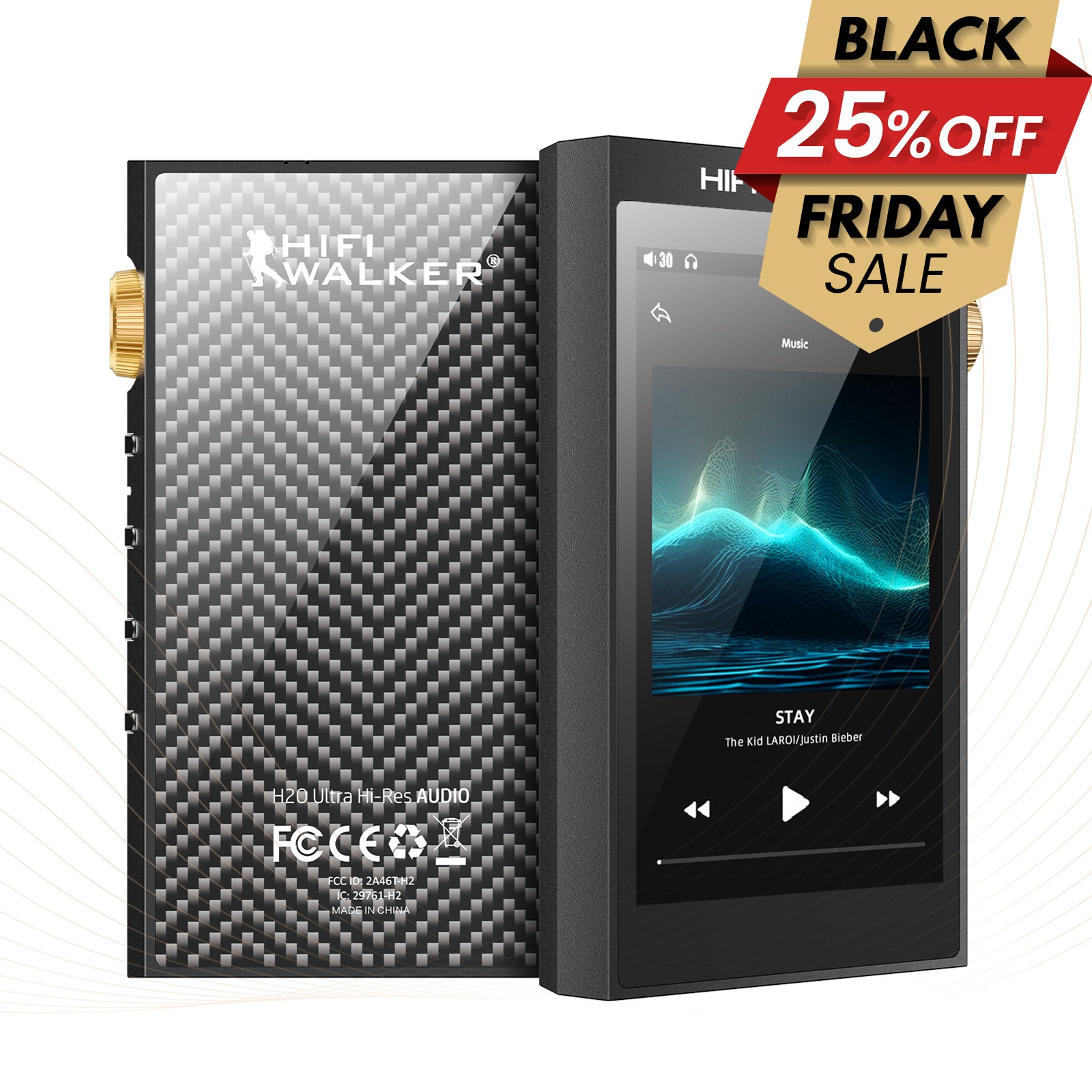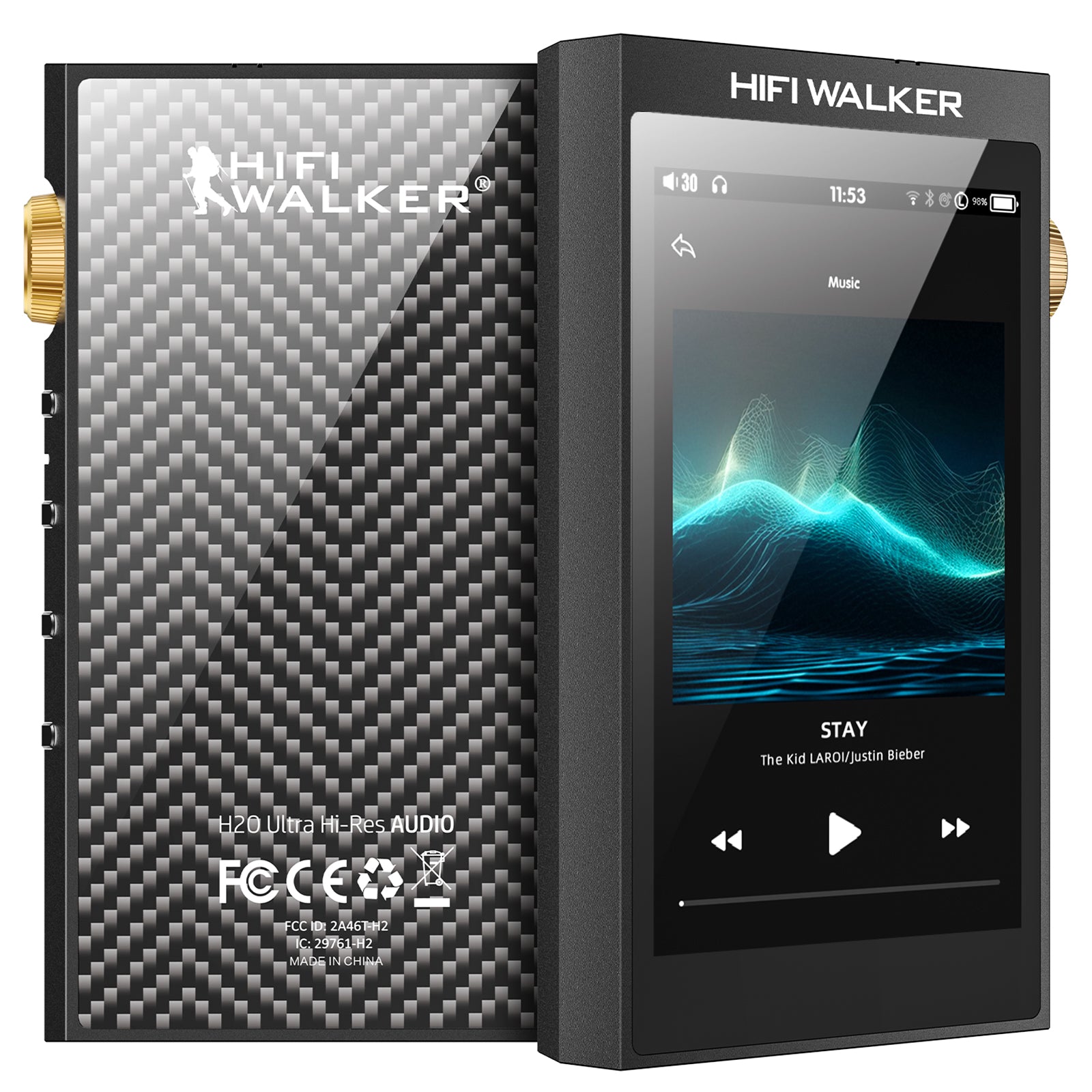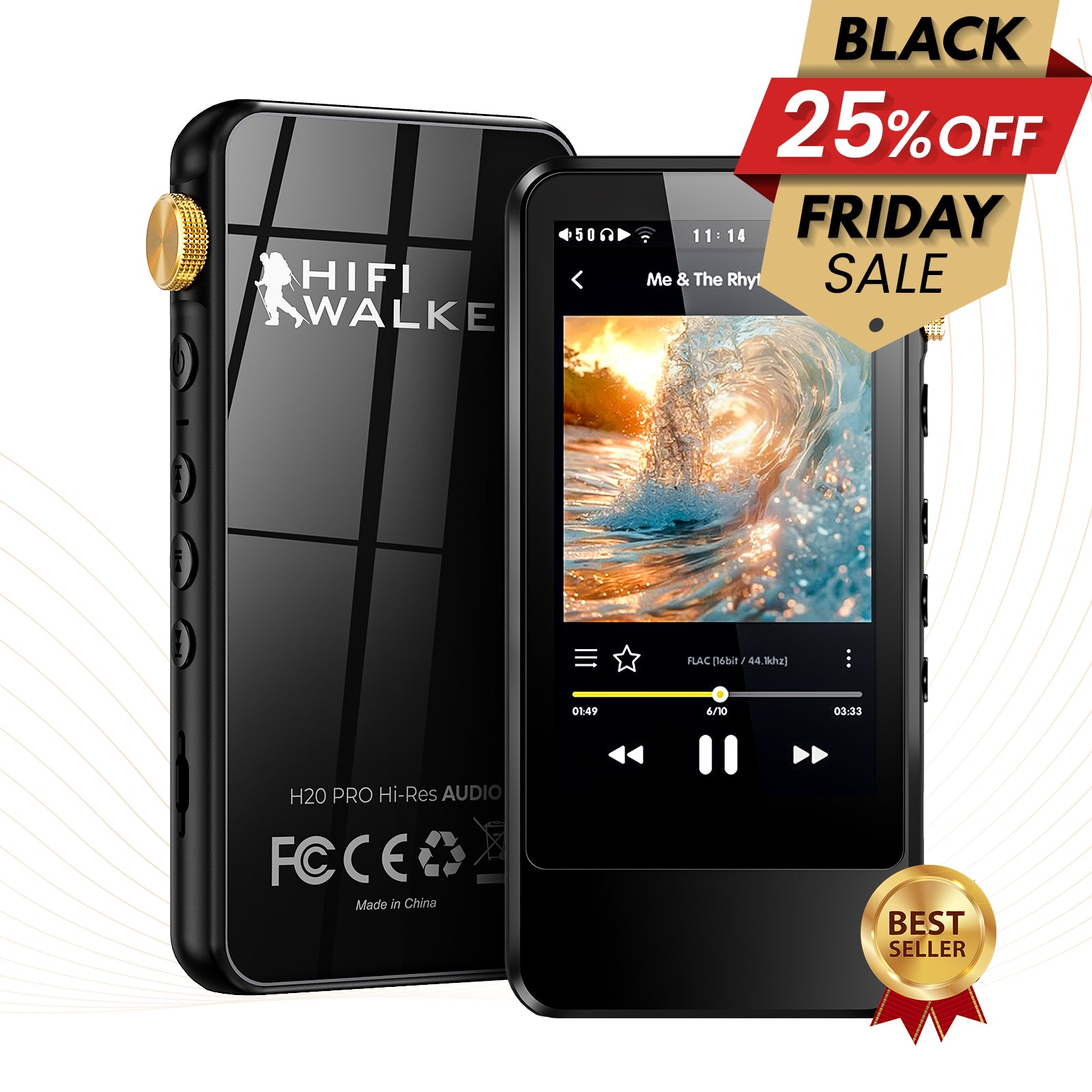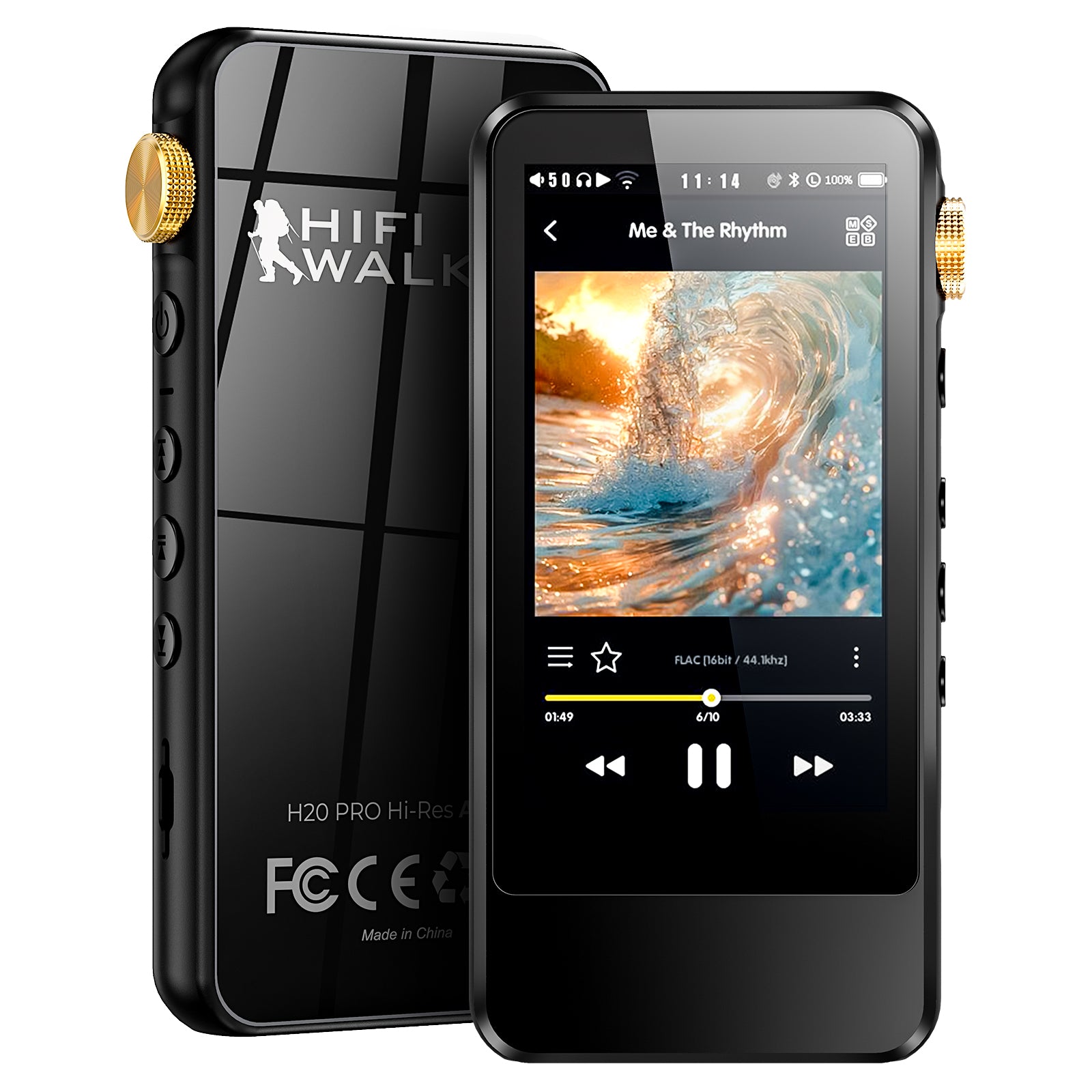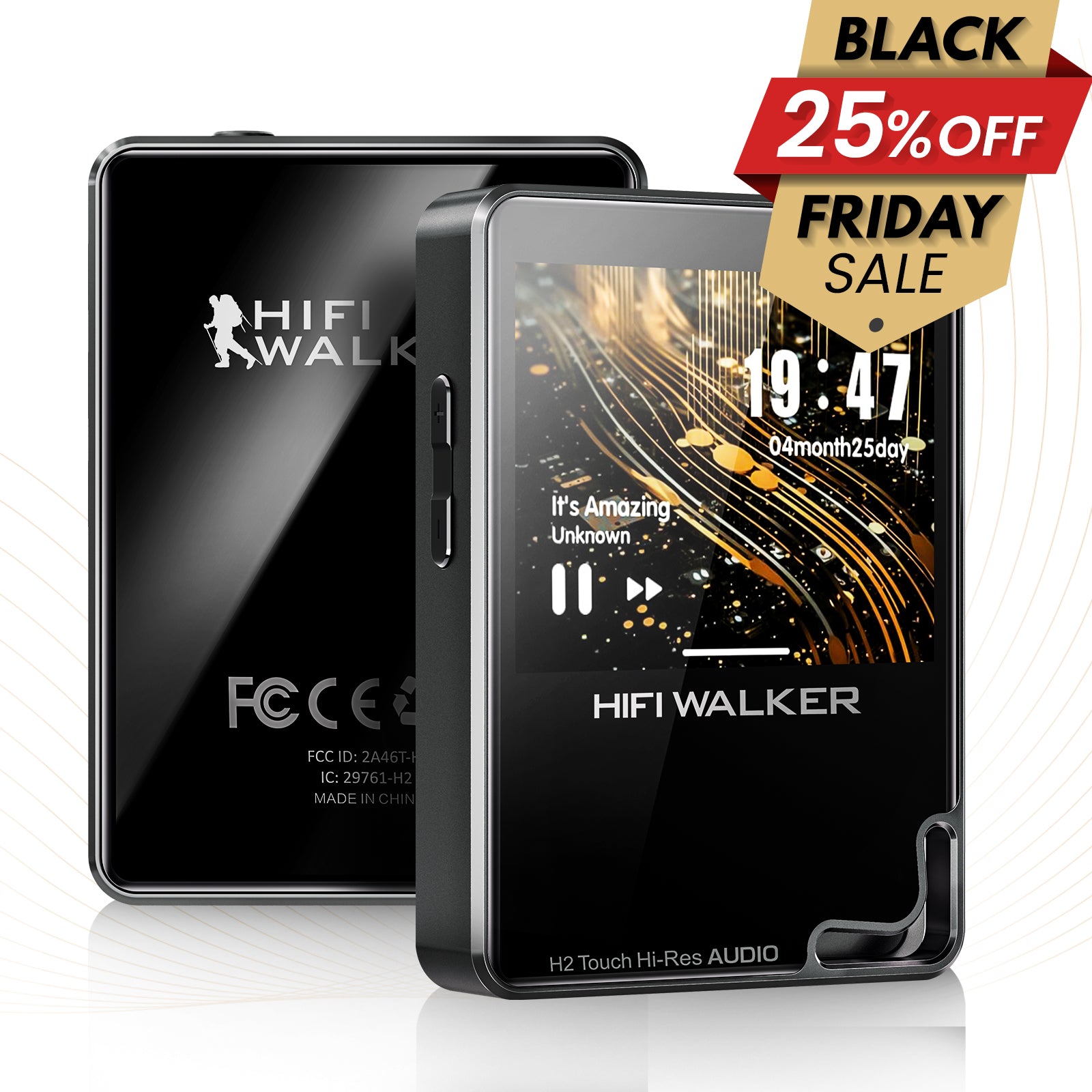Table of Contents:
- Introduction: The Growing Popularity of USB DACs
- What Is a USB DAC (2025)? Decoding This Audio Enhancer
- Why You Need a USB DAC: Unlocking Superior Sound
- Different Types of USB DACs to Consider
- How to Choose a USB DAC: A 2025 Buyer’s Guide
- Best USB DAC Considerations for HIFI WALKER Products
-
Tips for Using a USB DAC to Enhance Your Listening Experience
- Conclusion
Introduction: The Growing Popularity of USB DACs
In the digital age, listening to music on our computers and laptops is commonplace. However, the built-in audio of these devices often falls short for those seeking high-fidelity sound. This is where the USB DAC comes in, a compact yet powerful device that has gained significant popularity in 2025 for its ability to drastically improve your listening experience.
What Is a USB DAC (2025)? Decoding This Audio Enhancer
A USB DAC is an external device that connects to your computer via USB. Its job? Bypassing your computer’s internal sound card and converting digital audio signals into high-quality analog output. This process is crucial for delivering Hi-Res audio to your headphones or speakers with greater accuracy.
| Component | Function |
|---|---|
| USB Input | Receives digital audio from computer |
| DAC Chip | Converts digital signals to analog |
| Headphone Amp (if included) | Drives high-impedance headphones |
| Line/Output Port | Connects to speakers or headphone amps |
Devices like the HIFI WALKER H2 Pro double as portable music players and USB DACs, making them a versatile choice for any audiophile looking to elevate their digital audio experience.To learn more about USB DACs, please click here:best-dacs.
Why You Need a USB DAC: Unlocking Superior Sound
So, why should you consider a USB DAC? Here are some key benefits:
- Enhanced Audio Quality: A dedicated USB DAC typically uses higher-quality components than those found in standard computers, leading to increased clarity, detail, and dynamic range in your audio.
- Reduced Noise and Interference: Internal sound cards can be susceptible to electrical noise from other components within your computer. An external USB DAC isolates the audio processing, resulting in cleaner sound with less interference.
- Support for High-Resolution Audio: Many USB DACs support high-resolution audio formats (Hi-Res Audio), allowing you to enjoy music in its purest, most detailed form.
- Improved Headphone Output: Some USB DACs also include powerful headphone amplifiers, which can drive high-impedance headphones more effectively, providing better volume and control.
Different Types of USB DACs to Consider
The USB DAC market offers a range of options in 2025:
| Type | Description |
| Portable USB DAC | Ideal for laptops and travel; compact and efficient |
| Desktop USB DAC | Best for home setups; includes more features and outputs |
| USB DAC + Headphone Amp | Combines DAC with amplifier to power demanding headphones |
| Budget USB DAC | Affordable entry-level options with noticeable sound upgrades |
| High-End USB DAC | Audiophile-grade gear with top-tier components and resolution support |
For a deeper understanding of the differences in USB audio standards, I recommend reading the article "What Class is my USB Audio?" which explains in detail the differences between USB Audio Class 1.0 and Class 2.0 and how it affects high-resolution audio playback.
How to Choose a USB DAC: A 2025 Buyer’s Guide
Selecting the best USB DAC for your needs involves considering several factors:
- Your Budget: USB DACs range in price from under $100 to well over $1000. Determine how much you're willing to spend.
- Your Headphones or Speakers: Consider the impedance and power requirements of your headphones or speakers to ensure the USB DAC can drive them effectively.
- Supported Audio Formats: If you listen to Hi-Res Audio files, make sure the USB DAC supports the formats you use (e.g., FLAC, DSD).
- Portability: If you plan to use the USB DAC on the go, a compact and lightweight model is ideal.
- Connectivity: Ensure the USB DAC has the necessary input and output connections for your setup.
- Reviews and Recommendations: Look for expert reviews and user feedback to get an idea of the USB DAC's performance and reliability.
Best USB DAC Considerations for HIFI WALKER Products
Many of the HIFI WALKER Hi-Res Audio Players can act as high-performance USB DACs. For example:
- The HIFI WALKER H2 is perfect for casual listeners wanting a portable DAC solution.
- The H2 Touch adds touchscreen controls with similar USB DAC performance.
- The flagship H20 Pro offers enhanced DAC chips and expanded output options.

When using these players as USB DACs, simply connect them to your PC via a USB-C cable and switch to USB DAC mode. Combined with high-quality headphones or RCA outputs to a speaker system, you unlock their full sonic potential.
For a complete list, explore the Hi-Res Audio Player collection.
Tips for Using a USB DAC to Enhance Your Listening Experience
- Install Drivers: Some USB DACs may require you to install specific drivers on your computer for optimal performance. Check the manufacturer's instructions.
- Select as Default Audio Device: In your computer's audio settings, ensure your USB DAC is selected as the default playback device.
- Use High-Quality Audio Files: To truly appreciate the benefits of a USB DAC, listen to high-quality audio files (e.g., lossless formats).
- Experiment with Settings: Some USB DACs offer adjustable settings. Experiment to find the sound profile that you prefer.
Conclusion
A USB DAC is a fantastic investment for anyone looking to significantly improve the audio quality from their computer or laptop. By bypassing your device's internal sound processing and utilizing its own high-quality components, a USB DAC can unlock a new level of detail and enjoyment in your music. Explore the possibilities and consider the range of Hi-Res Audio Players from HIFI WALKER that offer excellent USB DAC functionality alongside portable high-fidelity audio playback.
Frequently Asked Questions (FAQ)
Q1: What is the main advantage of a USB DAC?
The primary advantage is a significant improvement in sound quality compared to the built-in audio of most computers and laptops.
Q2: Are USB DACs easy to install?
Yes, most USB DACs are plug-and-play, requiring minimal setup. Some may need driver installation.
Q3: Can I use a USB DAC with my smartphone?
Some portable USB DACs are compatible with smartphones, but you may need an adapter.
Q4: How much should I spend on a good USB DAC?
A good entry-level USB DAC that offers a noticeable improvement can be found for under $100, while higher-end options can cost several hundred dollars or more.
Q5: Do USB DACs work with both headphones and speakers?
Yes, most USB DACs have outputs for connecting both headphones and powered speakers.

